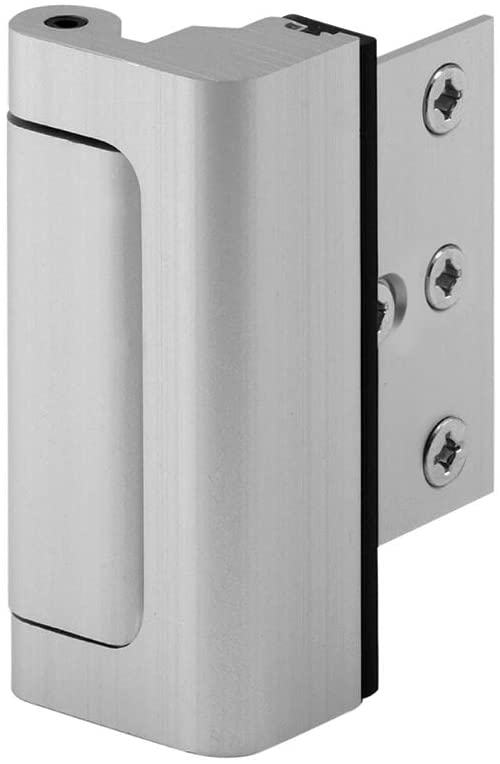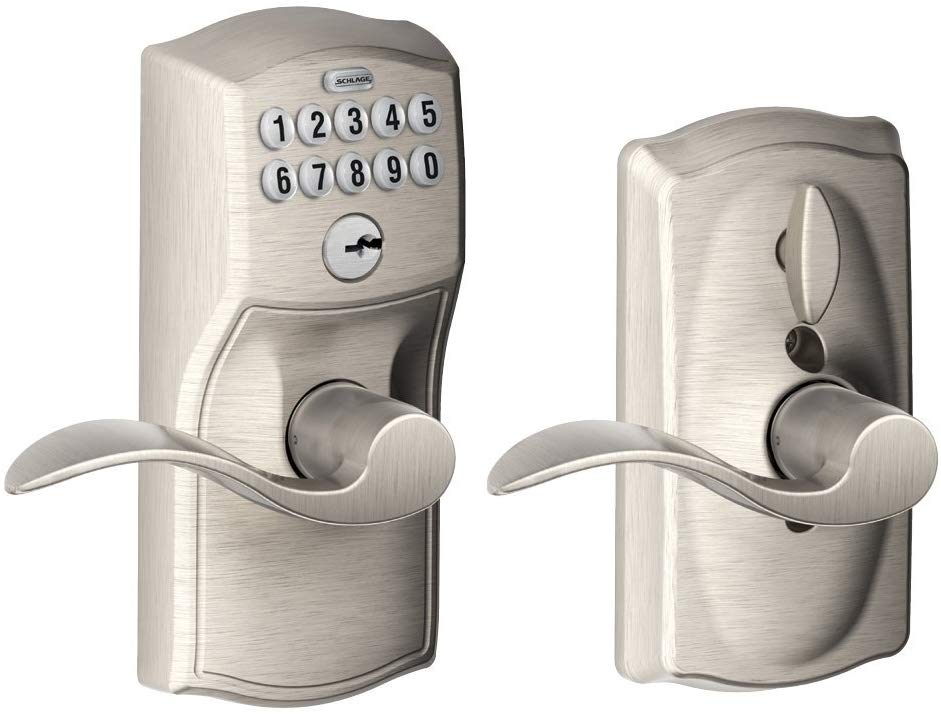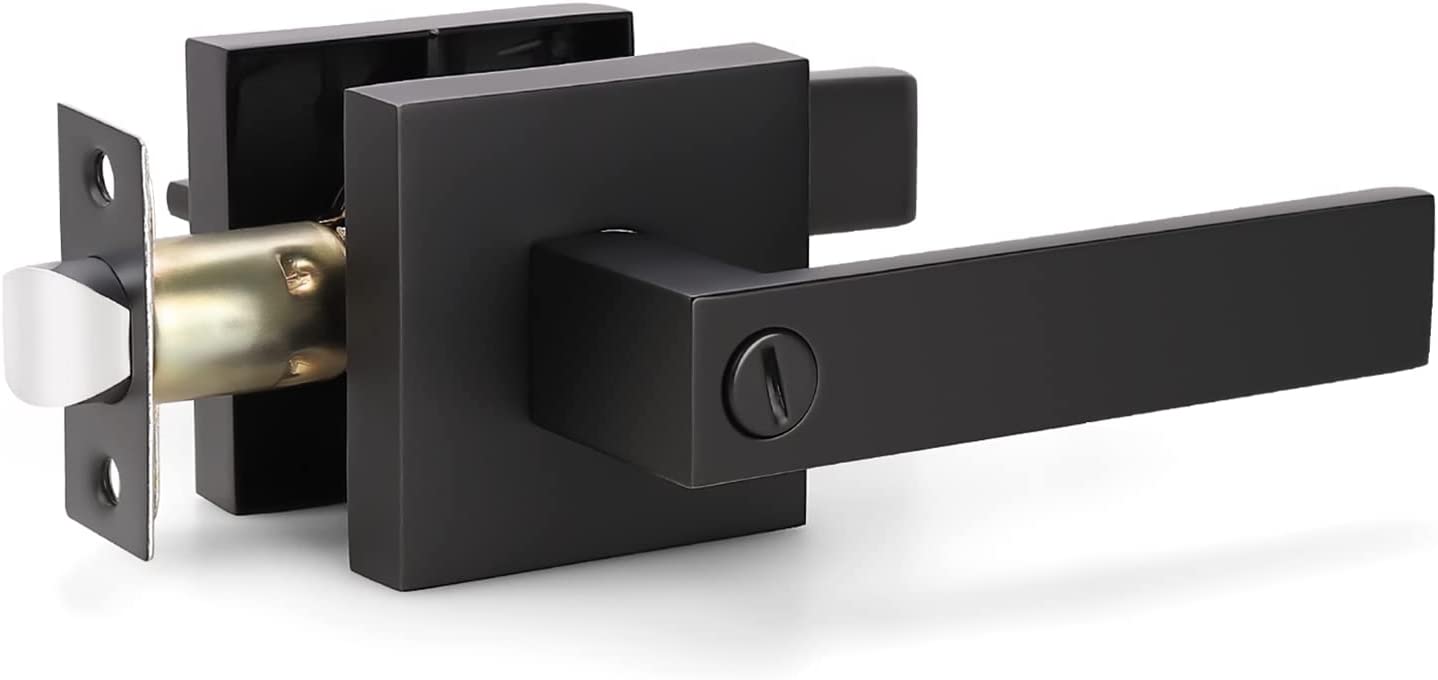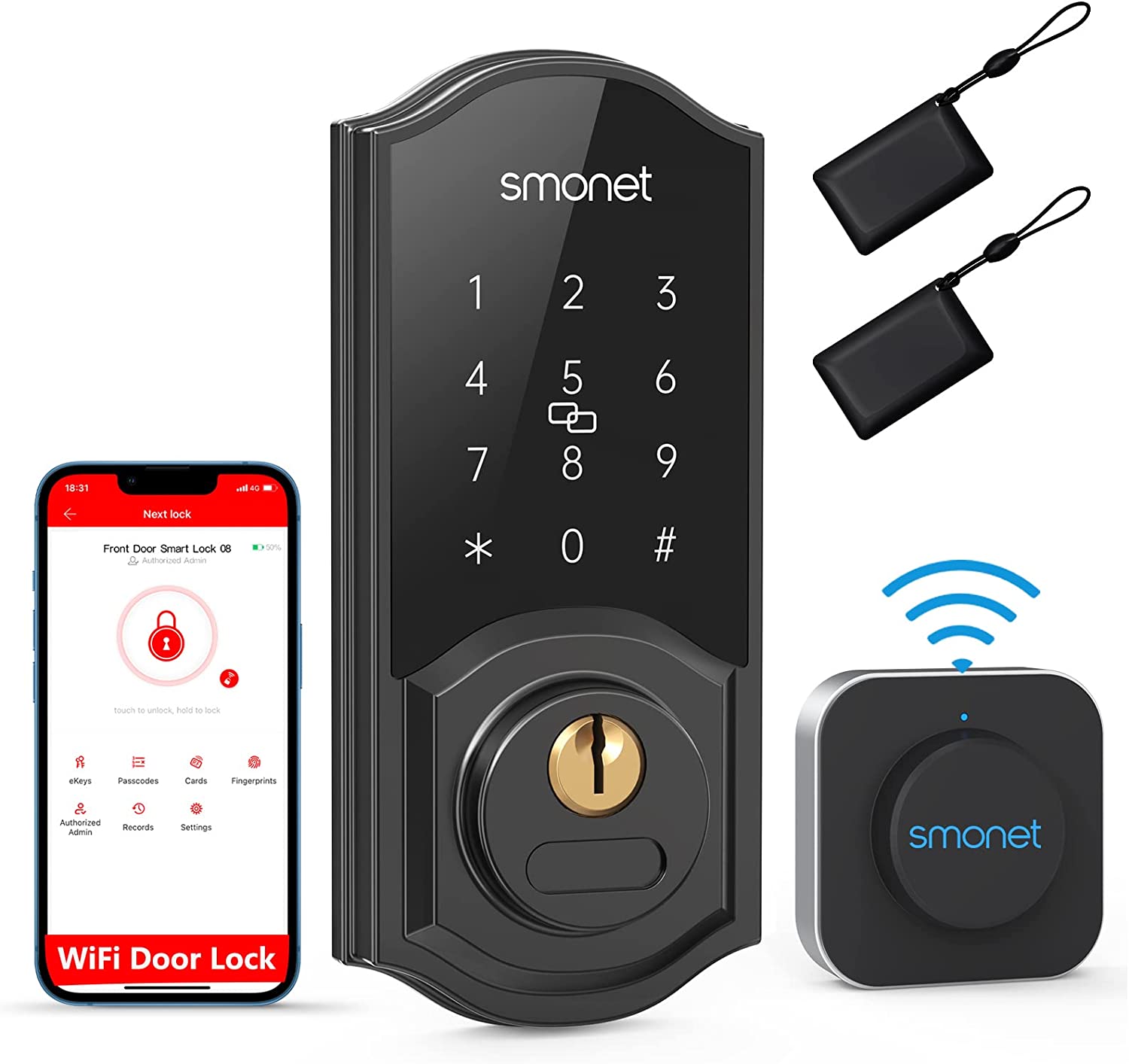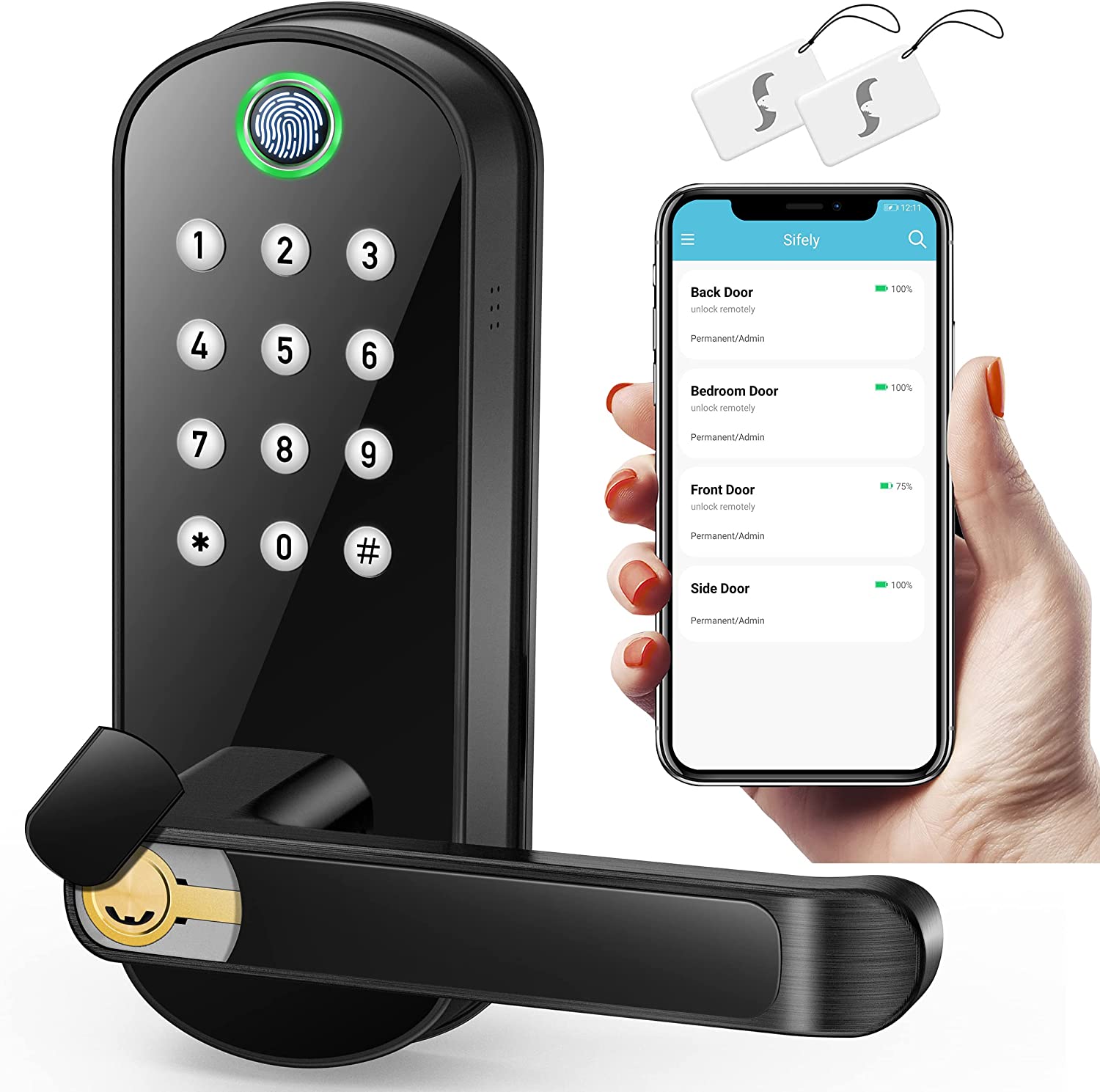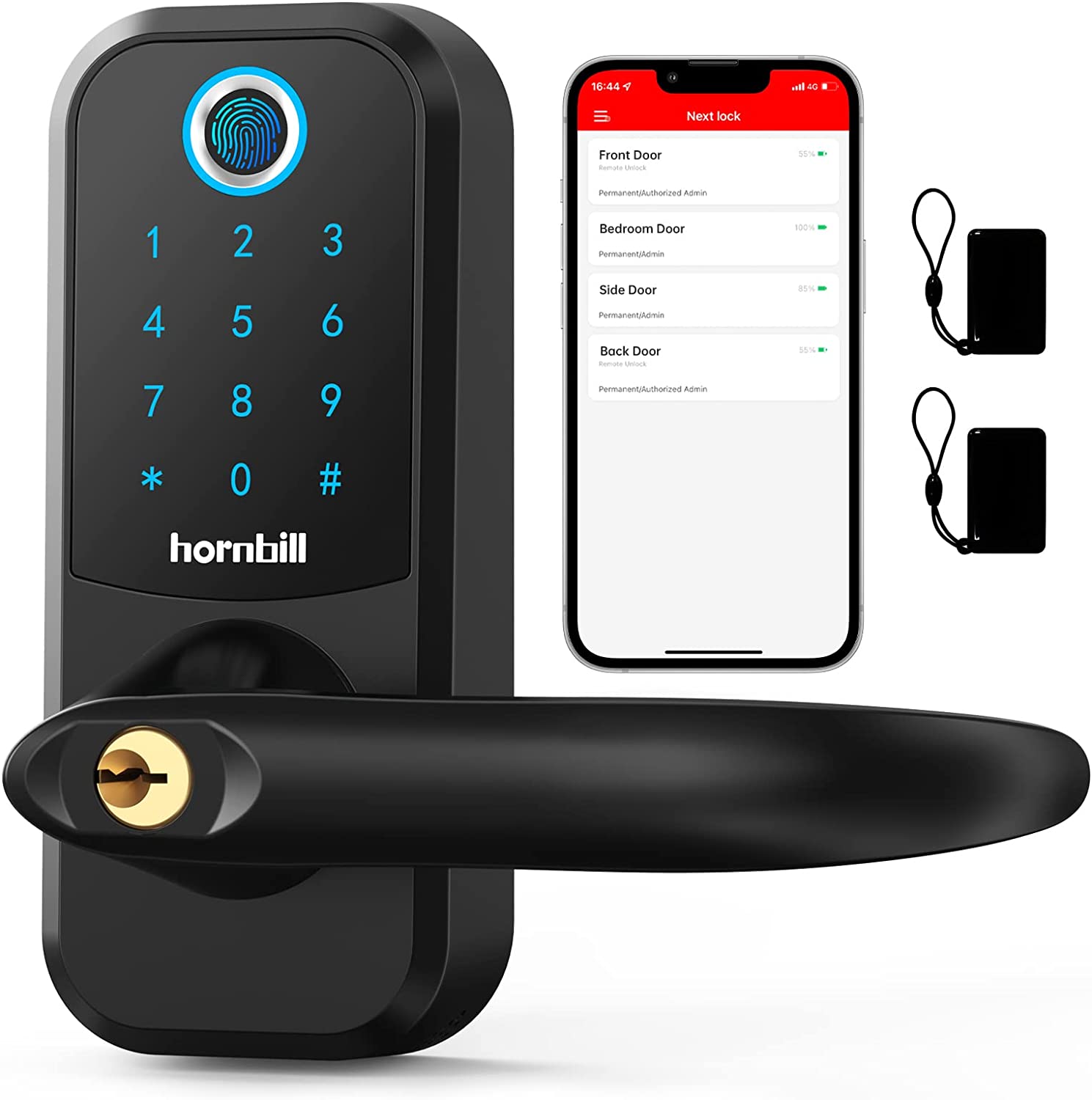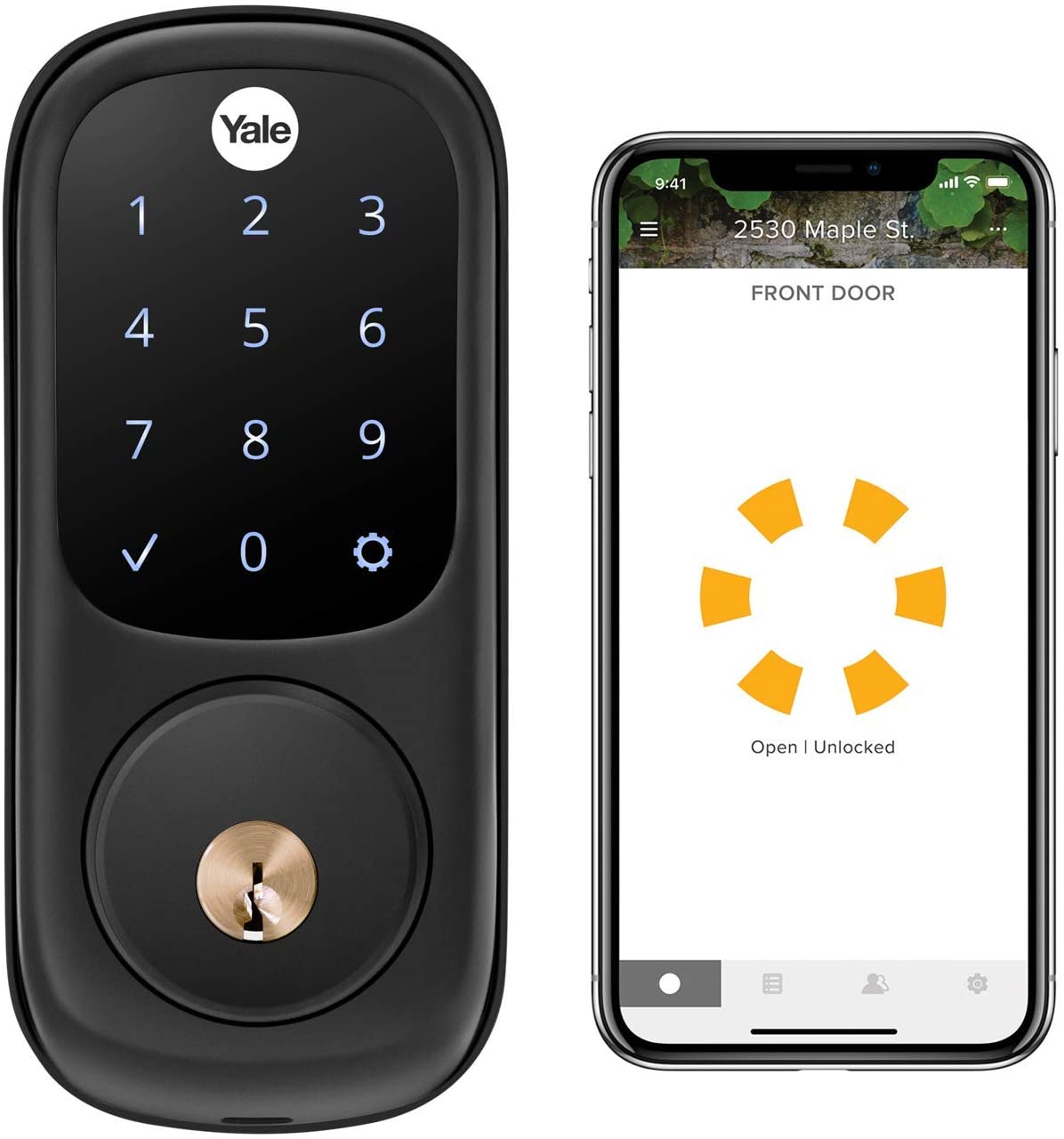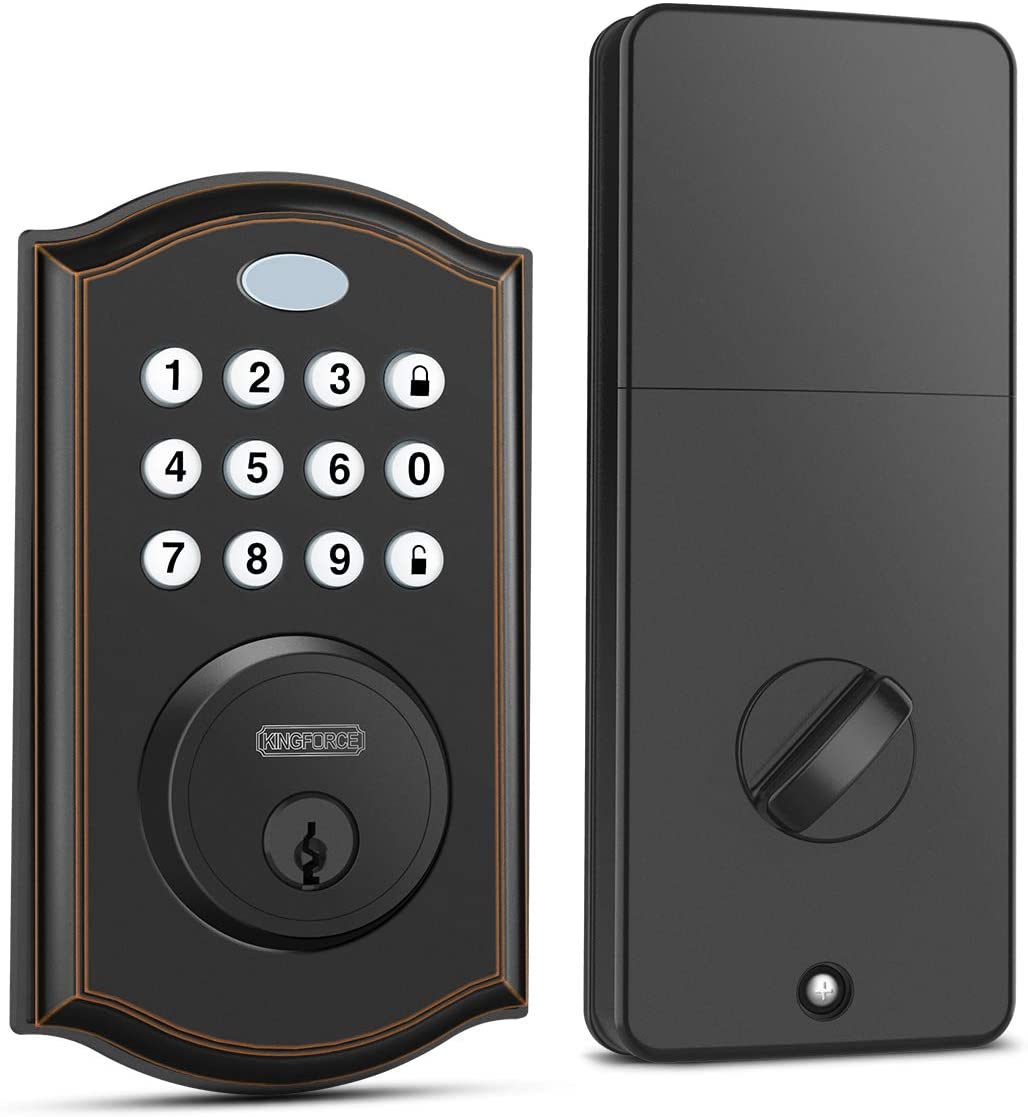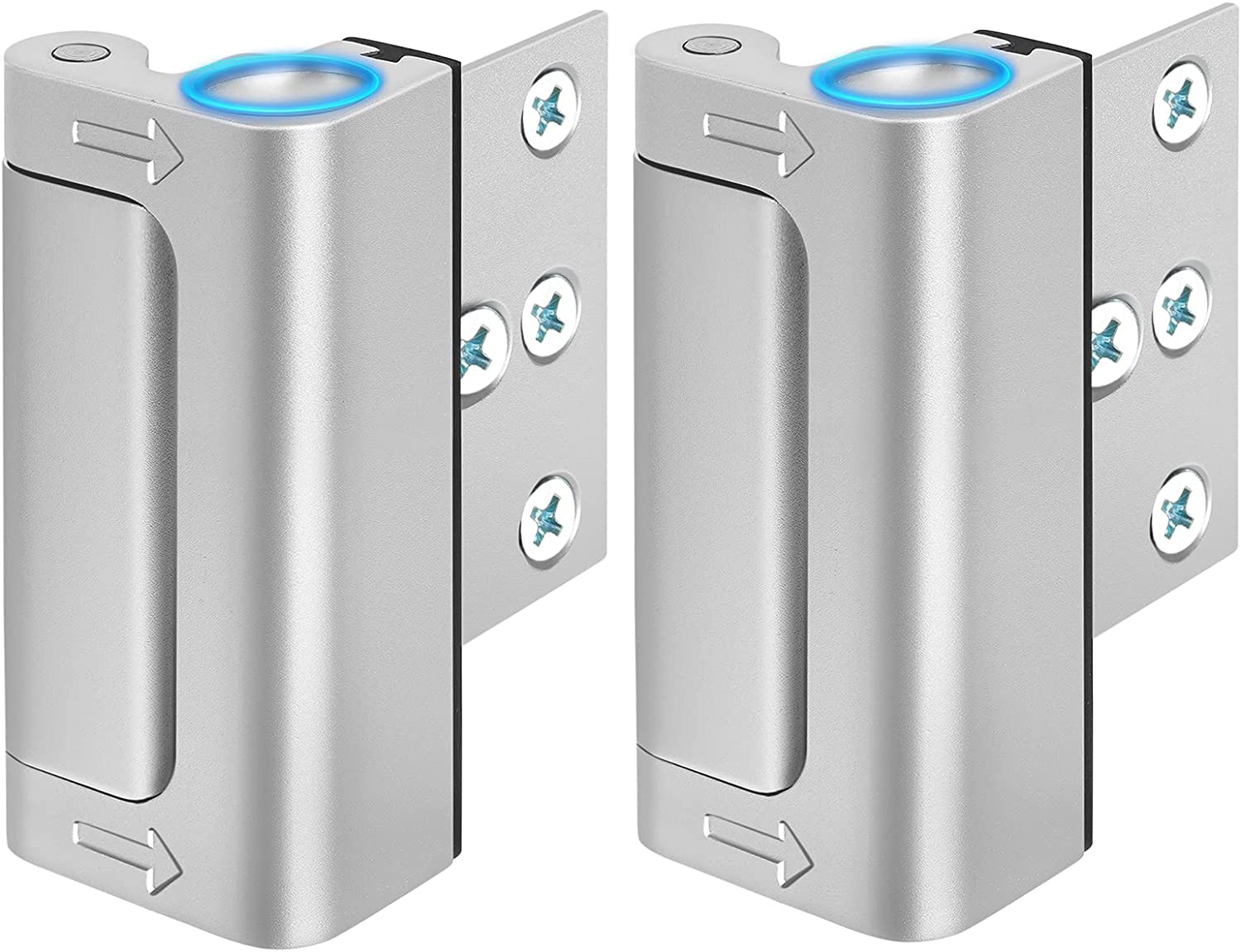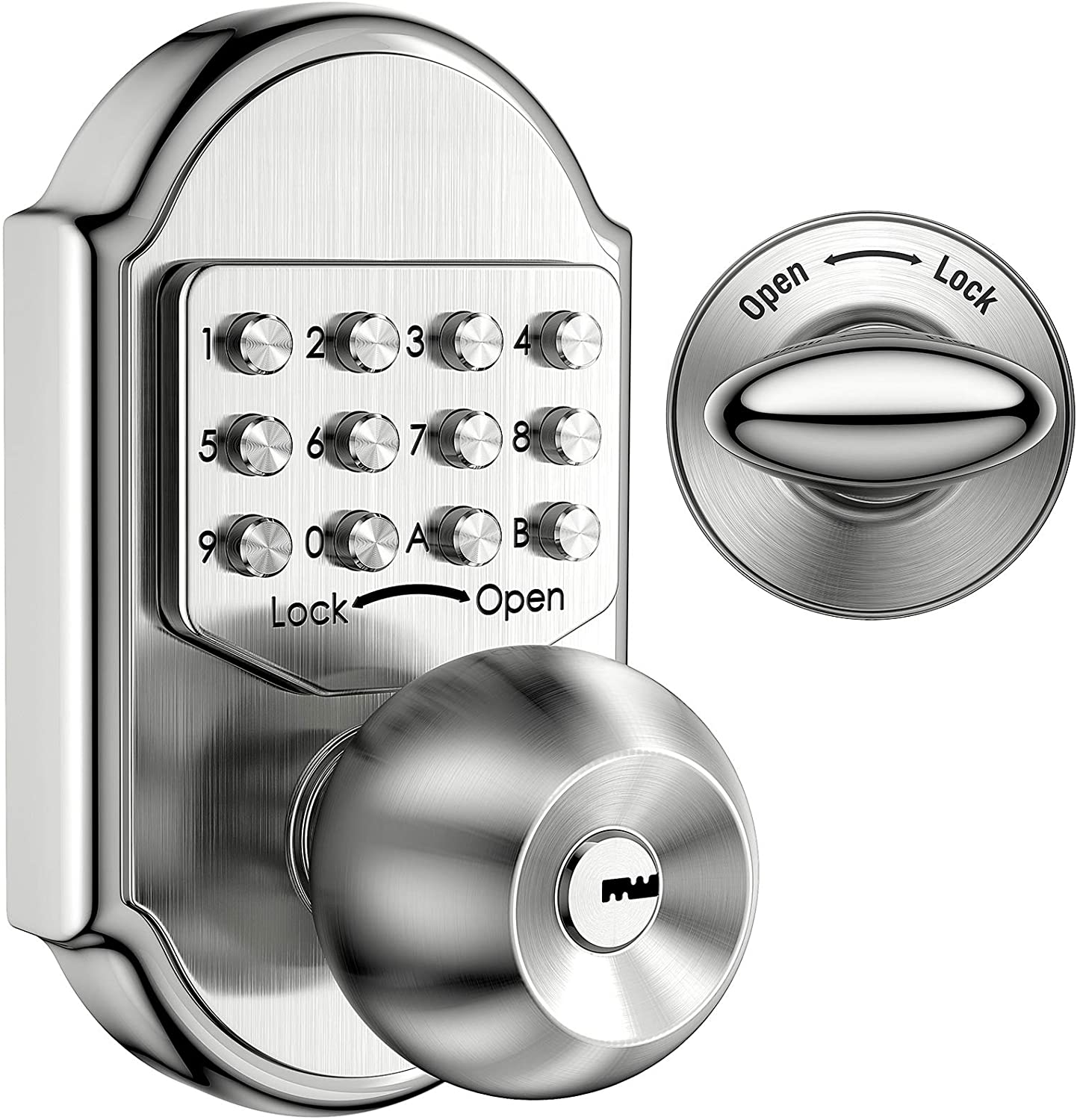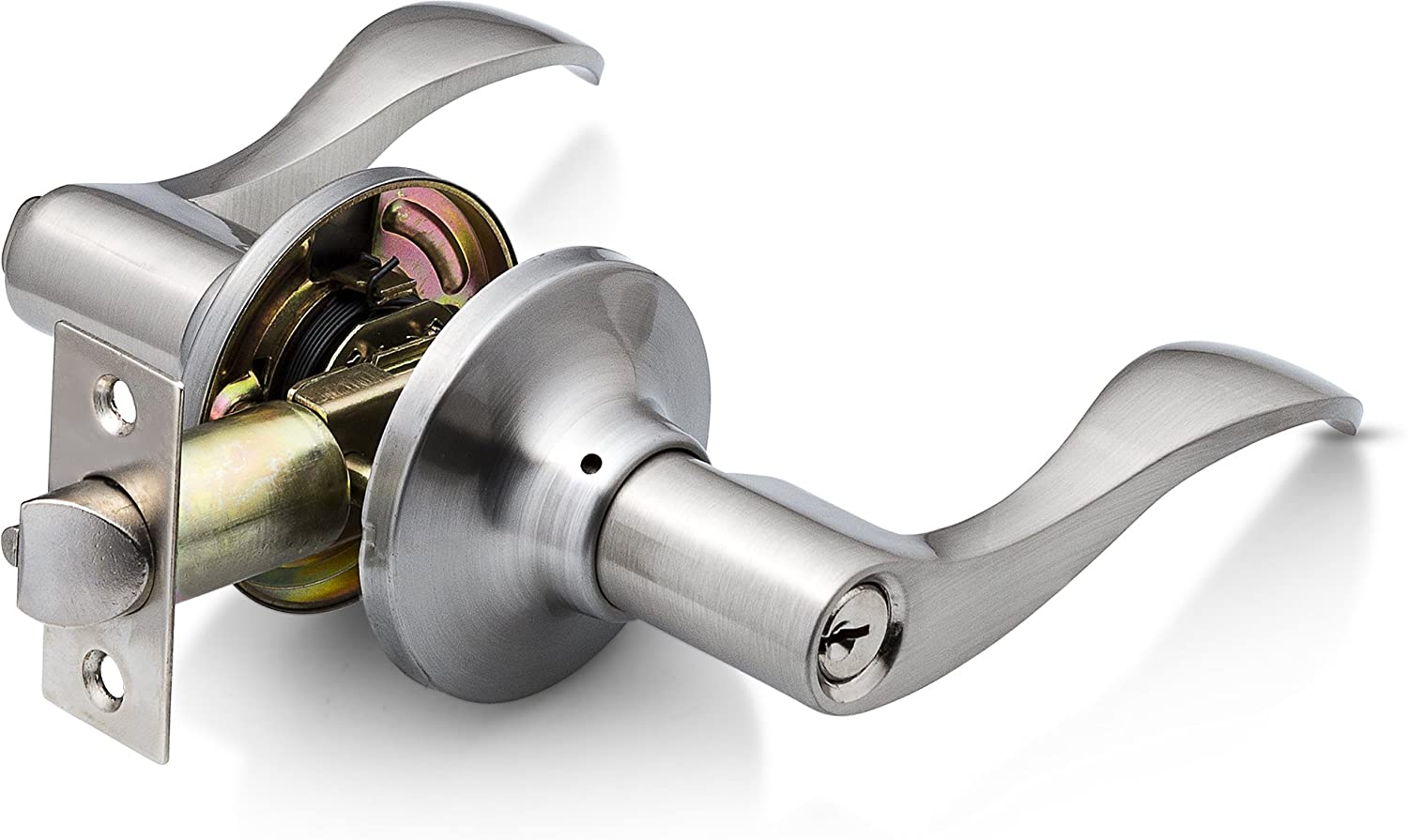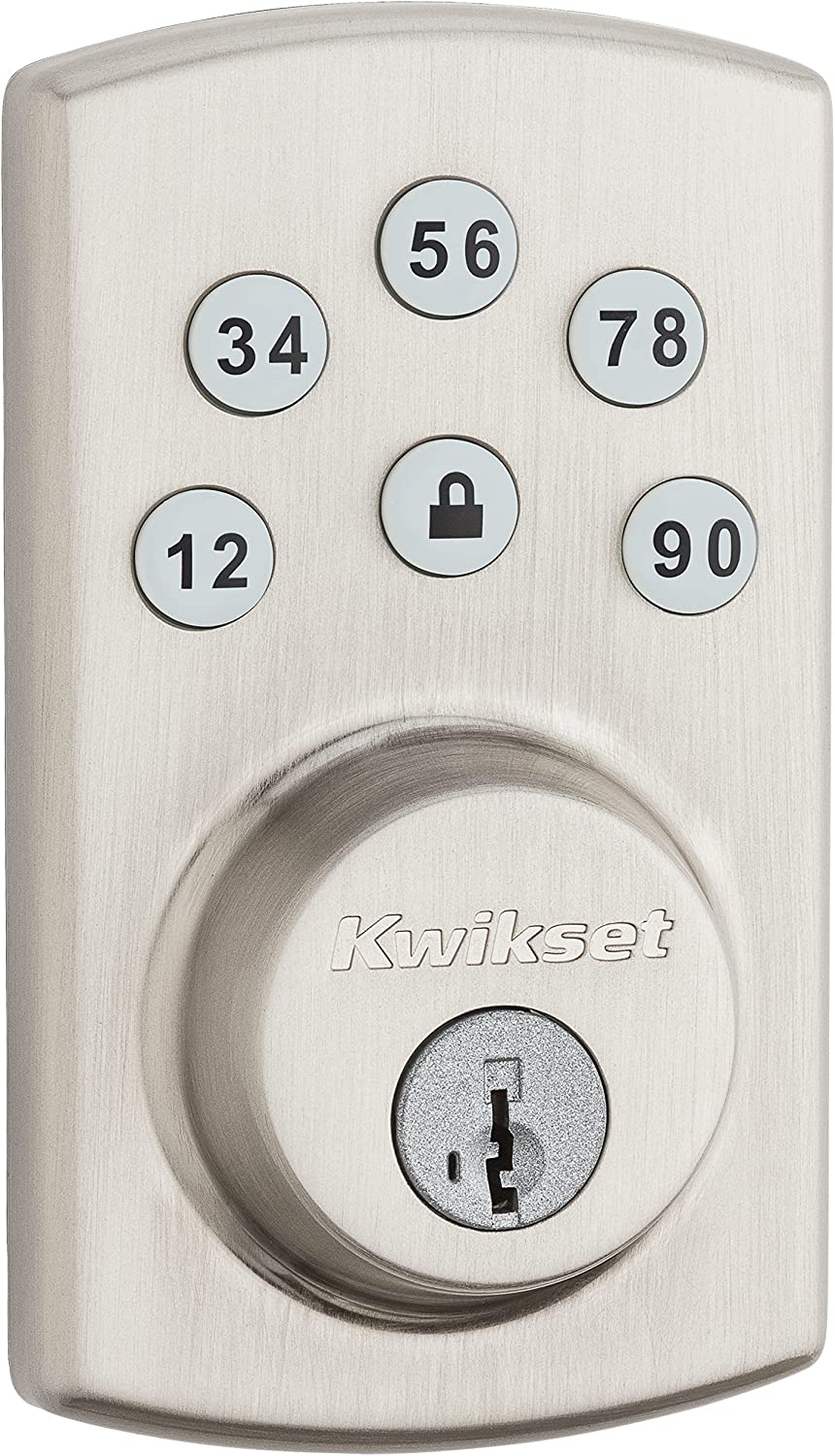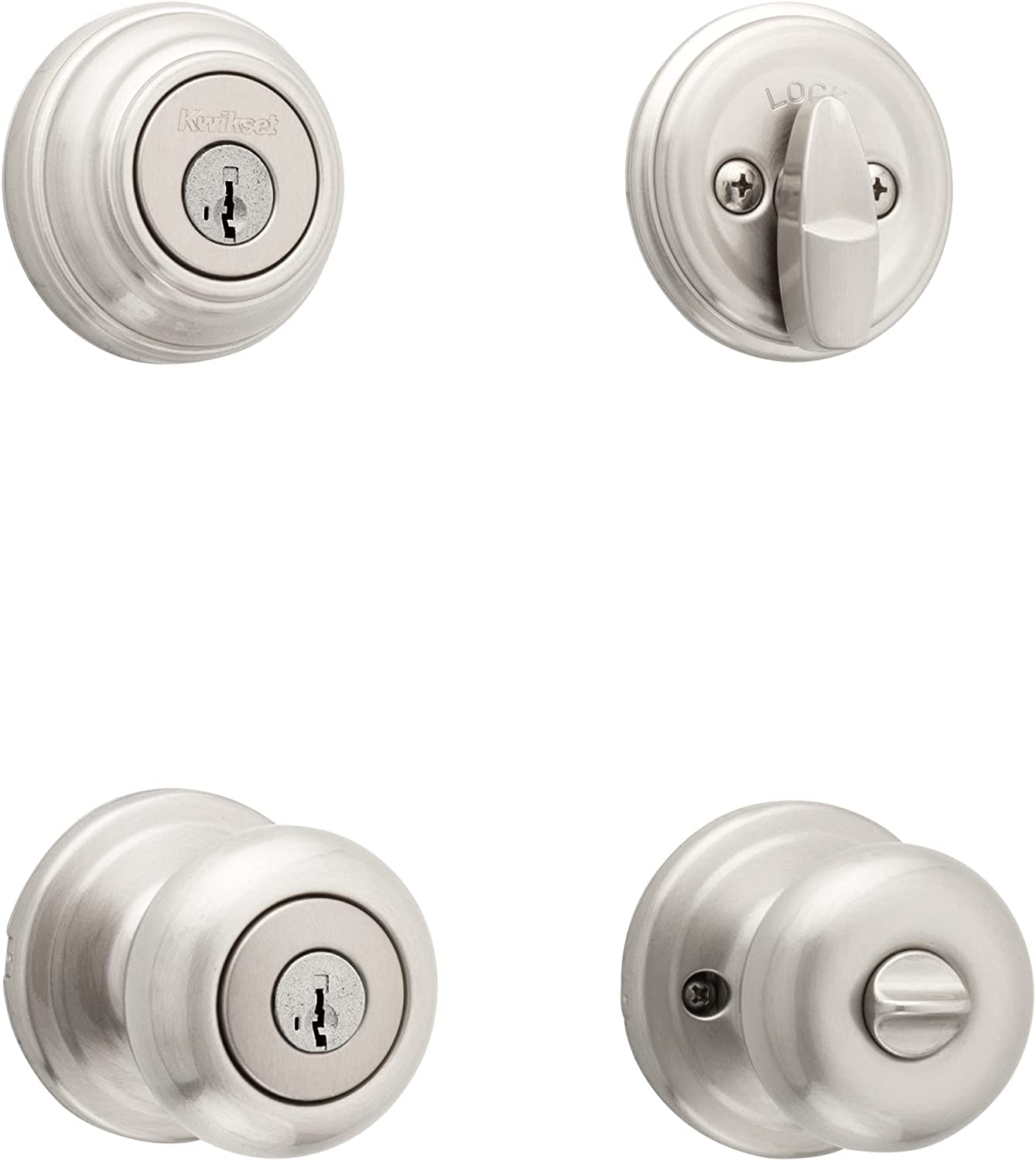Defender Security U-10827 Easy Install Theft Protection Door Lock For Homes
Last updated: May 31, 2023
Intruders won't be able to kick your door in when you use this door lock for home, as it is able to withstand 800 pounds of force. Not only is the lock easy to install, but it also features a spring-loaded design that is child-safe. Since the lock is sold in four different finishes, you won't have any trouble matching it to your current hardware.
We looked at the top Door Locks For Homes and dug through the reviews from some of the most popular review sites. Through this analysis, we've determined the best Door Lock For Home you should buy.
Product Details
Key Takeaway: You'll find this door lock comes in the following finishes: bronze, brushed chrome, gold anodized and satin nickel.
In our analysis of 35 expert reviews, the Defender Security Easy Install Theft Protection Door Lock For Homes placed 1st when we looked at the top 13 products in the category. For the full ranking, see below.From The Manufacturer
This high security door lock is constructed of extruded aluminum and comes in a satin nickel anodized finish. This reinforcement lock meets the Texas building code requirements, and it is designed to withstand up to 800 lbs. of force, making it virtually impossible to defy from the exterior. This lock features a spring-loaded, child-safe and tamper-resistant design that protects against unauthorized entry by preventing lock bumping and lock picking (while in the locked position). Installation of this non-handed reinforcement lock can be accomplished in just minutes, and it can be used on any swing-in door of any door thickness. All fasteners and installation instructions are included with this item. Fasteners include 3 in. long hardened screws that anchor into the door jamb and studs.
Our Expert Consultant

Home Improvement Expert
Vicki Liston writes, produces, and narrates “On The Fly…DIY,” an award-winning home improvement and DIY show of unique project tutorials for the casual DIY’er.
Home improvement and all things DIY have been Liston’s passion since she bought her first house in 2007 and she started making video blogs in 2014. She’s performed hundreds of DIY projects, from small ones to major, wall-smashing renovations and can teach you how to make a trendy DIY barn door for cheap. The proceeds earned from “On The Fly…DIY” are donated to no-kill animal shelters and rescue organizations.
